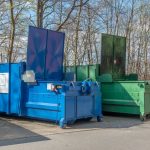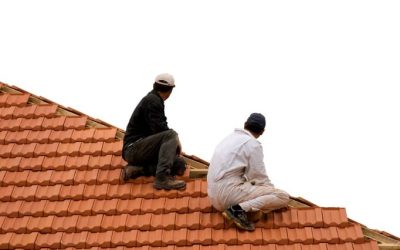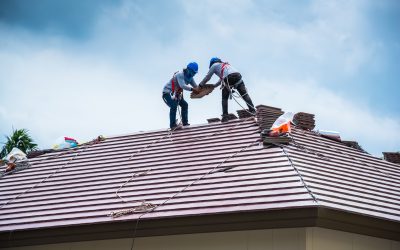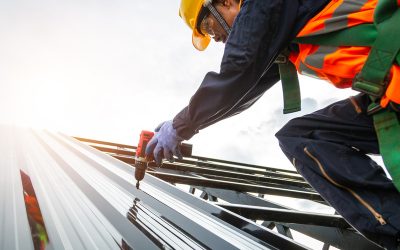Roofing tar goes largely unnoticed until there’s a problem, but most roofs have it. This type of tar is very versatile, and its waterproof nature protects the roof from UV exposure, water intrusion, cold weather and sunlight. Read on to learn about roofing tar and how it is used by a roofing company in Topeka KS.
Types and Formulation of Roofing Tar
Roofing tar is made from coal and it is an oily, dark mixture used to repair leaks on flat roofs. Coal tar is a black or dark brown residue made during coal production, and the tar must be refined for use in roofing. Coal tar cement is used to bond, repair and seal roof areas that deteriorate; newer formulas are free from asbestos, but most contain surface adherents, solvents, fiber fillers and plastics. The tar is applied with a trowel, and sometimes rolled on like paint.
Most roofing tars are black, but some companies make it in other colors such as white and silver. Some types may be painted to match the original color of the roof. It can be removed with tar remover, but the homeowner should contact us to avoid damaging other roof surfaces.
Using Roofing Tar
For flat roofs consisting of gravel, tar paper or bitumen, roofing tar may be used to repair leaks or as an adhesive. Because formulas vary according to type or brand, it’s important to ensure that a roofer chooses the correct product for the application. The tar is sensitive to shifts in temperature; a temp lower than 70 degrees will make the tar take longer to set, and high temps make the tar liquefy. These properties make it perfect for low-slope and flat roofs, where it can repair leaks. However, it shouldn’t be used on pitched roofs, as it may liquefy and drip off.
More Information on Roofing Tar
For most homeowners, fixing a leaky or damaged roof can be a very dangerous DIY project. Choosing the incorrect roofing tar or making a wrong move can cause injury and additional roof damage. Consult a Roofing Company in Topeka KS to find out how to fix minor and major roofing problems.








